
Infestation with head lice is a common problem particularly among little children. In fact, this is the second most common transmissible illness among children. The parasite inhabits one's scalp and feeds on blood of the host.
It is essential to mention that these parasites are quite easily transmitted and if one contracts the infection, it does not mean he/she does not maintain optimal level of hygiene. Namely, the infection is transmitted via close personal contact and by sharing personal belongings. As a matter of fact, it is quite easy to contract head lice.
Clinical Characteristics of Head Lice
The most prominent symptom of head lice is intense itching. The body responds to saliva of these little pests in a form of an allergic reaction, hence the itching. The parasites in many cases affect the hair behind the ears and the line that separates the hair from the neck. Head lice are approximately the size of a strawberry seed and may sometimes reach 1/8 inch. These parasites leave nits (lice eggs) on hair shafts and these can be easily notices if the scalp is carefully investigated. Once they are attached to hair shafts, nits cannot be easily removed.
Prevention of Head Lice
It can be quite difficult to prevent spread of head lice among children. This is because children maintain close contact with their peers and are prone to sharing personal items. Yes, children can be explained not to use belongings of other children such as hats, coats, brushes, combs etc. but whether they will use these depend on their current interest. Even though they have been told not to share personal belongings, they will eventually do it anyway.
A parent can at least try to learn his/ her child to hang up his/her coat on an individual hook and avoid piling it with other classmates' coats. Furthermore, one more preventive method is regular checking of all the items the child regularly comes in contact such as car seats, pillows etc.
However, in order to prevent full development of the infection it is suggested to check for head lice once in a while. This way the infestation can be identified on time and is much easier to treat. By recognizing the presence of head lice parents can treat the child and prevent further spread of the infestation to other family members.
If the parasitic infestation in spite of all the preventive measures occurs, it is treated by certain products such as shampoos containing either pyrethrin or permethrin. In case the parasite is resistant to such products, the child will be prescribed another one with different active ingredients.


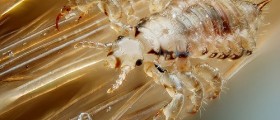
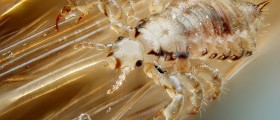
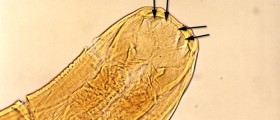
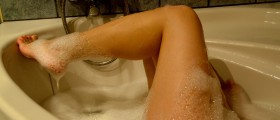


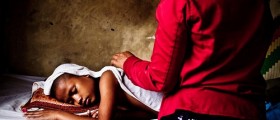
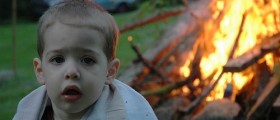

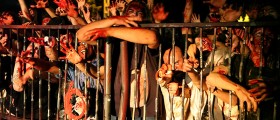
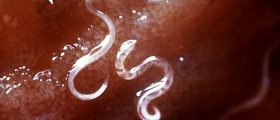
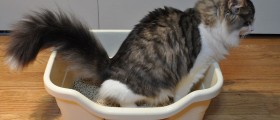
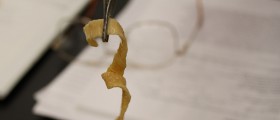

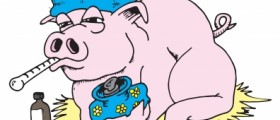
Your thoughts on this
Loading...